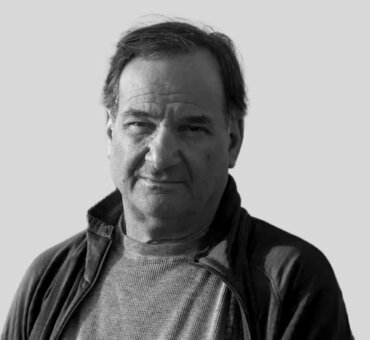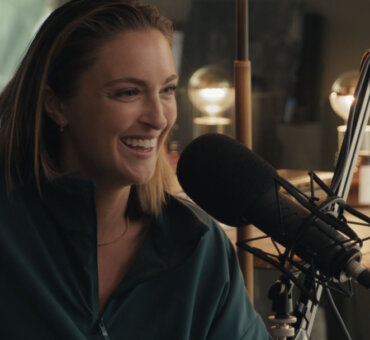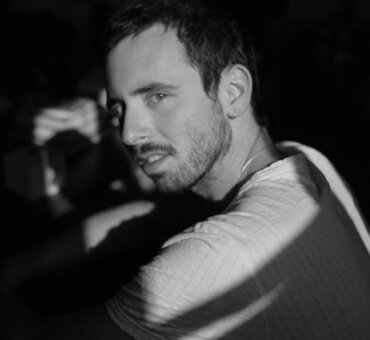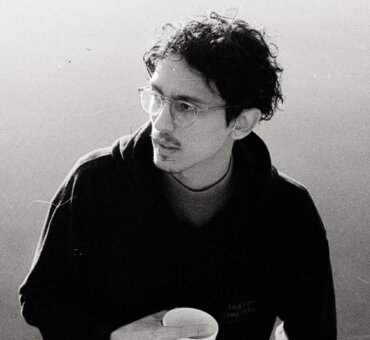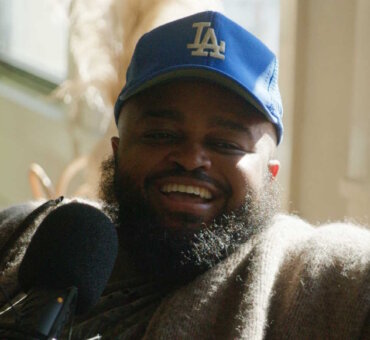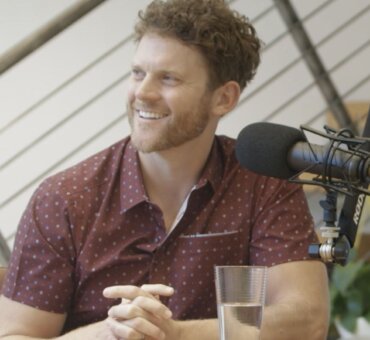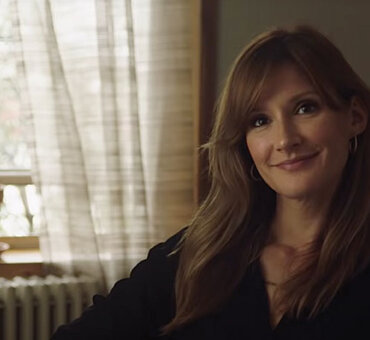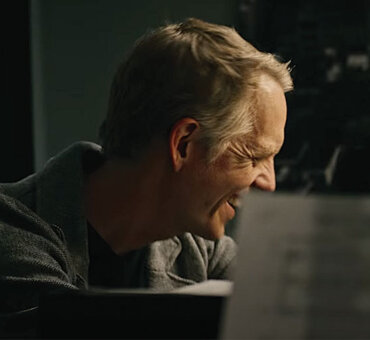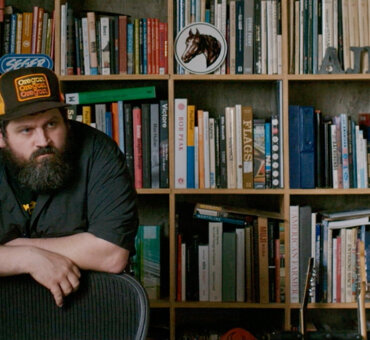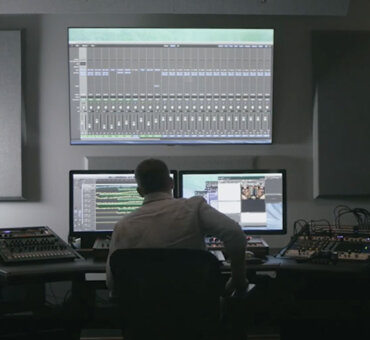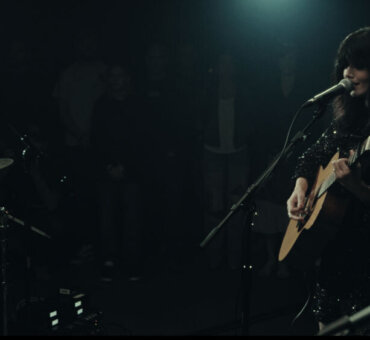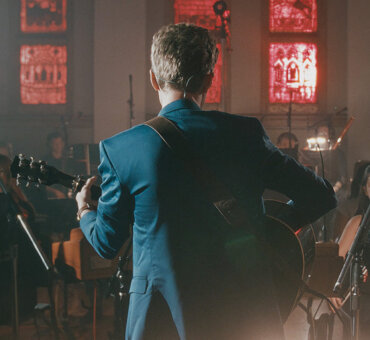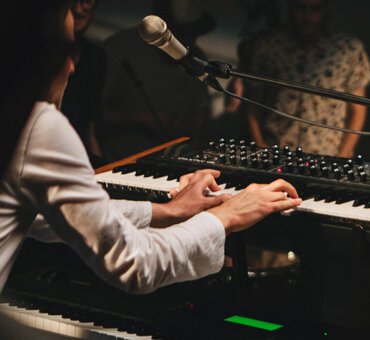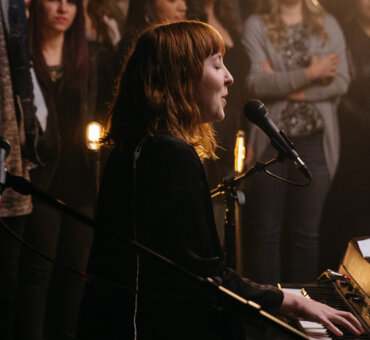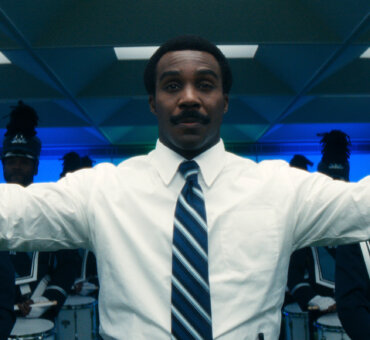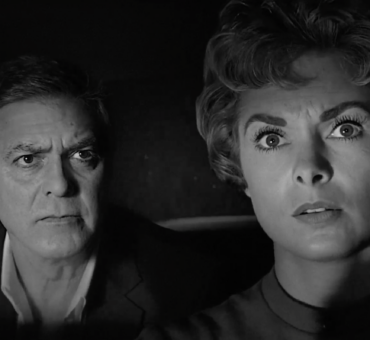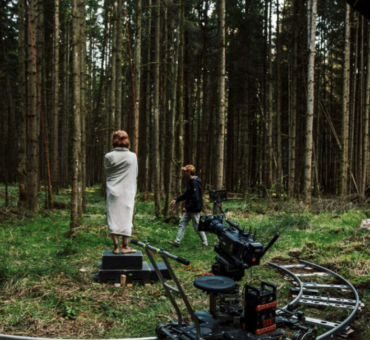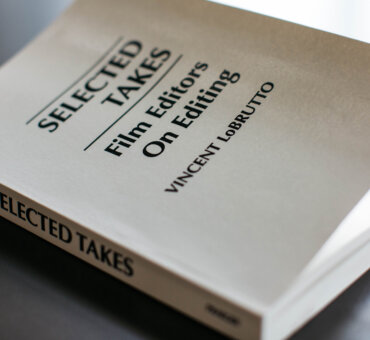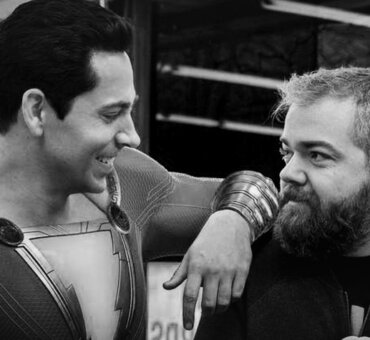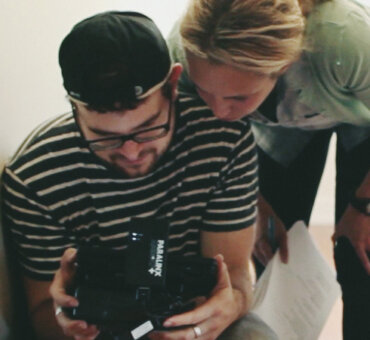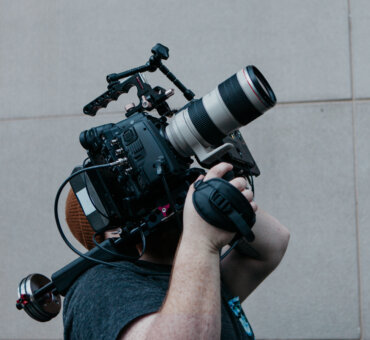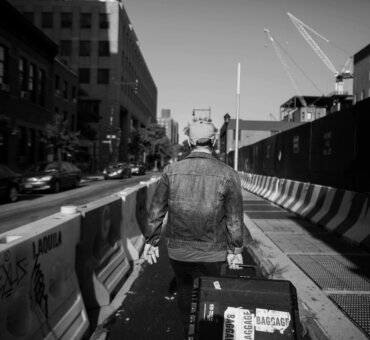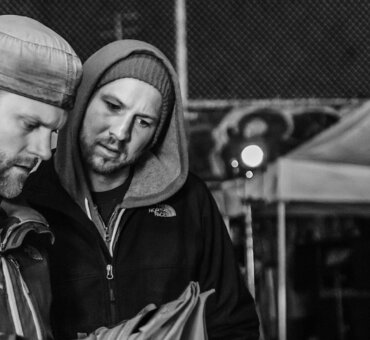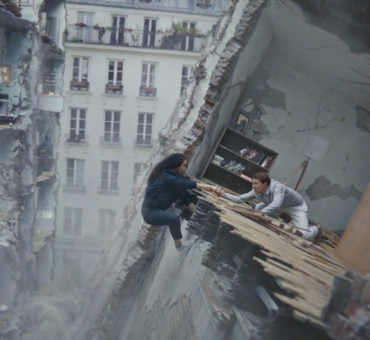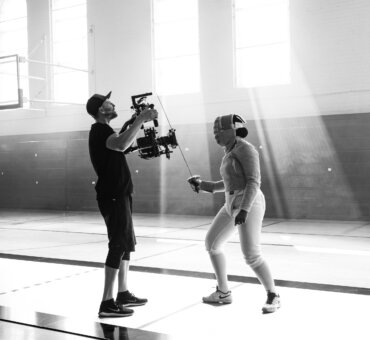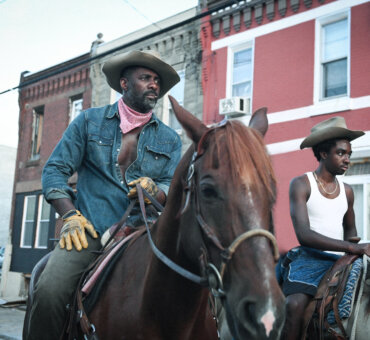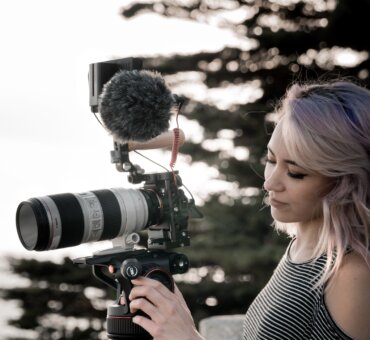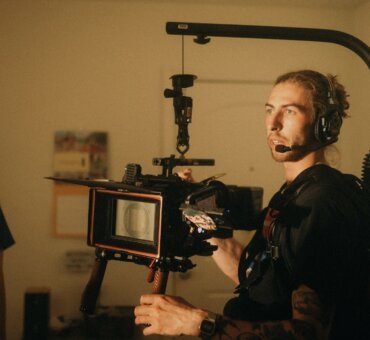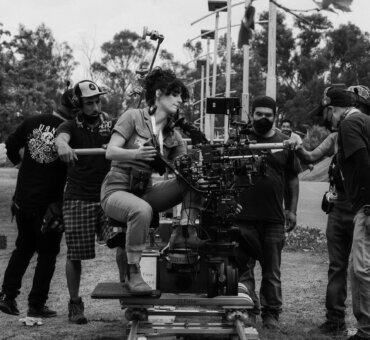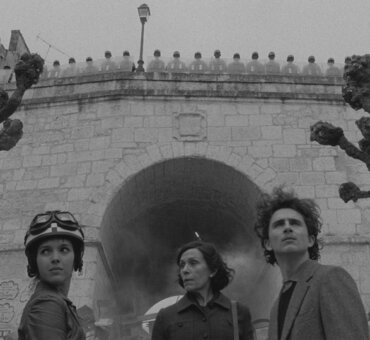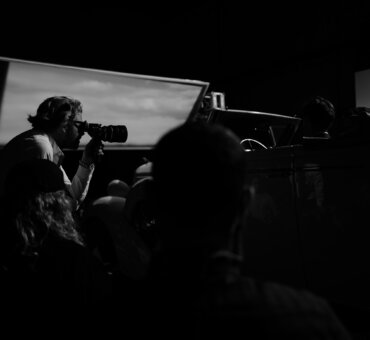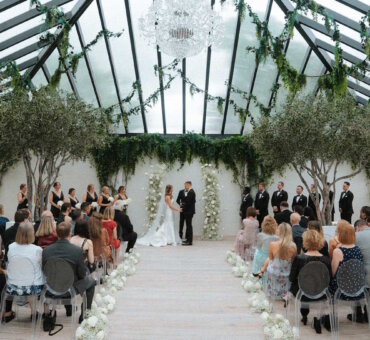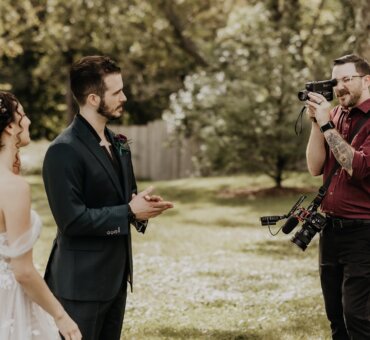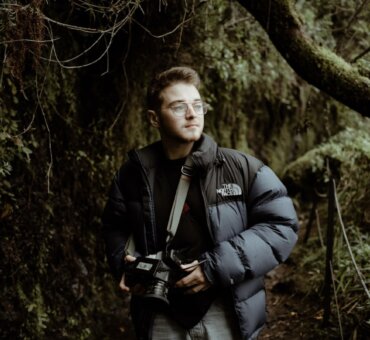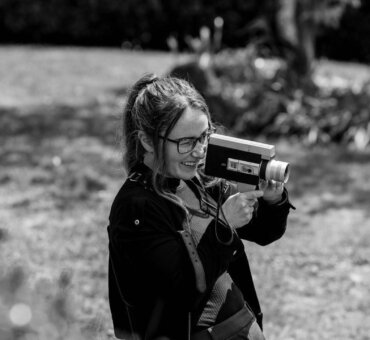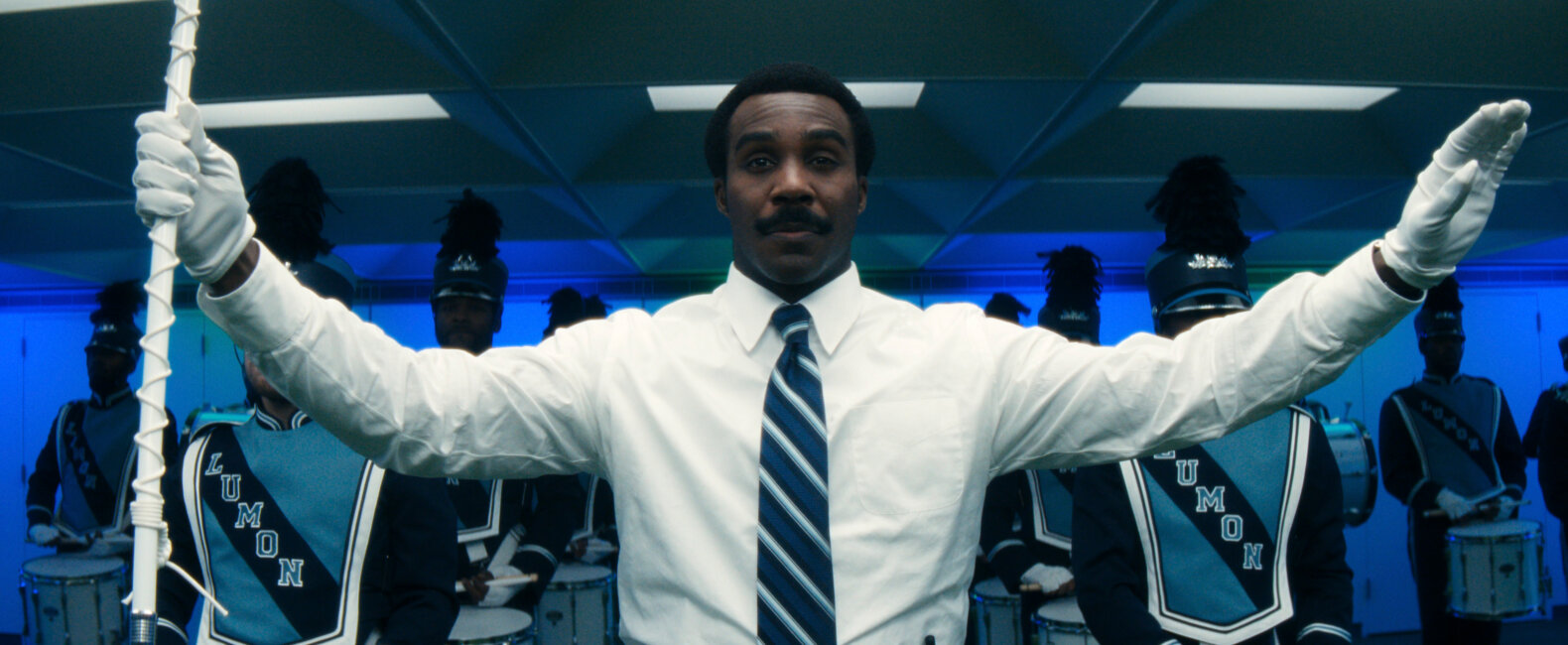In a show where every frame is meticulously composed and every line feels loaded with hidden meaning, you might assume that Severance leaves little room for surprise. But according to composer Theodore Shapiro, the most powerful moments in the show are born from one thing:
“When I am surprised by the music—that’s the magic.”
For a series as emotionally intricate as Severance, music isn’t just supporting the story—it’s often leading it. In fact, one of the season’s most pivotal scenes lives or dies based on a single musical choice for the Severence score: emotional vs. action-driven.
TL/DR: emotion won.
We watched Apple’s “Behind the Mac: Editing Severance” and learned some really interesting stuff. Check out how Severance used score to help shape emotional cues.
**SPOILER WARNING**

One Scene, Two Scores
In a climactic moment, Mark and Gemma are escaping from the testing floor—a high-stakes sequence that could easily play like an action thriller. And initially, that’s how it was scored.
Tense, pulsating, edge-of-your-seat.
But when Shapiro sent a second version of the Severance score—this time using an emotional suite he’d written earlier—the entire scene shifted.
“It had a better pattern to it to have the emotional music on the testing floor… because it’s Mark and Gemma.”
The change reframed everything. What could’ve been a fast-paced escape became something deeper. More human. It wasn’t just about adrenaline—it was about longing, reunion, and the fragile thread of memory between two people torn apart.
The Severance score began with the sounds of an unsure Ms. Casey. Despite the hope she felt in Mark S.’s beckoning, she was hesitant to follow a man she’d only interacted with during wellness sessions—never mind that her work colleague wore clothing covered in blood.

But upon crossing the threshold, both literal and metaphorical, she’s filled with astonishment and joy. A gentle piano and soft strings beautifully express both emotions.
RELATED READS: How Director Quentin Tarantino Uses Music to Elevate His Films
Rhythm Follows Feeling
This edit teaches a vital lesson to any filmmaker or composer: rhythm follows feeling, not the other way around. The pacing of a scene isn’t just about beats per minute—it’s about emotional clarity. When you choose the right cue, everything else—performance, pacing, camera movement—falls into sync.

For editors, this is where the real storytelling lives. It’s not just about cutting on action or matching tempo—it’s about tuning the rhythm of the cut to the emotional heartbeat of the story. The emotional cue here didn’t just score the moment—it reshaped it. It gave the edit room to breathe, letting silence and stillness do just as much heavy lifting as any piece of dialogue.
What’s especially masterful is how the pacing bends to emotion, not structure. The cut lingers not because it has to, but because it wants to. It trusts the audience to sit in the moment—to feel it unfold rather than be told.
Suddenly, this isn’t a jailbreak—it’s a love story breaking through the cracks of a broken world. The music becomes an undercurrent, carrying the emotional arc and allowing the visuals to resonate longer, deeper.
It’s a reminder that sometimes the most powerful edit isn’t the one that moves faster—it’s the one that dares to slow down.
RELATED READS: Frames Matter: The Art and Craft of Editing

Emotion is the Foundation
The Severance score proves that the most unforgettable scenes aren’t built on spectacle—they’re built on emotion. When music leads with heart and editing dares to follow, story transcends structure.
What begins as a tightly choreographed sequence transforms into something far more vulnerable and human. It’s not just about what the audience sees—it’s about what they feel in the silence between cuts. The emotion is found in the notes of a piano cue or in the intentional breath a scene is allowed to take.
For filmmakers, composers, and editors alike, this is a reminder that emotional clarity should be the compass. Great storytelling lives in these choices—the ones that trust feeling over formula, restraint over excess. In a medium built on rhythm and motion, the boldest move you can make is slowing down just enough to let the audience catch their breath—and their heart.
